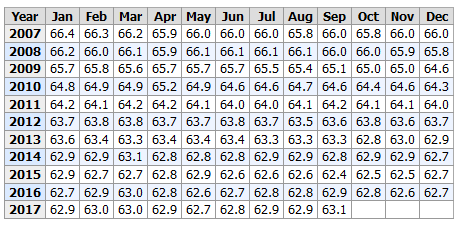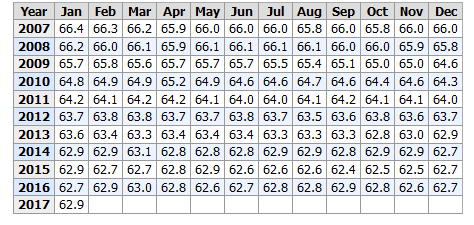We have all read the reports of some major manufacturing companies and retail stores laying off employees and shutting down stores. So why is the Biden administration so enthusiastically touting their jobs numbers? Could it be that those numbers do not actually reflect what is actually happening?
On Wednesday, The Federalist reported the following:
Last week, the Labor Department issued its jobs report for March 2024. Democrats will tell you the report is rosy and bright, that the economy is heading in the right direction, and that your negative instincts and impressions about the economy are wrong. In reality, the report is abysmal. Below are the facts about employment that Democrats won’t mention: Fewer Americans have full-time jobs, and more of those with full-time jobs are also working part-time jobs to make ends meet.
Democrats claim that the economy added 303,000 jobs in March — but it added no full-time jobs at all in March. The economy actually shed 6,000 full-time jobs that month. In fact, full-time employment in the United States has dropped in each of the past four months. Since November, there are 1,787,000 fewer Americans with full-time employment.
So how do Democrats claim the economy added 303,000 jobs in March? What Democrats do not tell you is that the vast majority of these jobs — 75 percent — are second jobs. Under the Biden economy, the number of people who have had to simultaneously work both a full-time job and a second part-time job just to make ends meet has hovered at historical highs. In March, the number of people who added a second part-time job on top of their other full-time employment totaled 225,000. The Democrats’ “good news” is just you having to work longer and harder to survive.
The article also notes that there is much more growth in government jobs than jobs in the private sector. This is NOT good economic news.
The article reports:
The U.S. has faced another insidious problem for decades that gets little attention. There are more than 3,000 counties or county equivalents in the United States. Yet, half of the 10 wealthiest counties in the U.S., measured in terms of median household income, are suburbs of Washington, D.C. According to U.S. Census data, 50 years ago only five suburban D.C. counties made the list of the top 50 richest U.S. counties or equivalents. By 2020, this figure had more than tripled to 17.
It’s long past time to shrink government and cut taxes!


